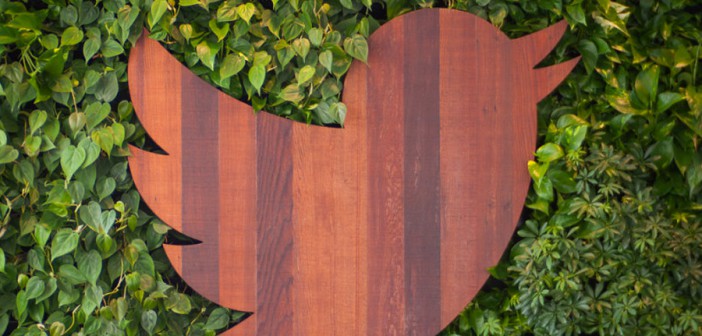As Twitter clocks up its first decade, some brands are looking for more sophistication in its services while others are still confused about what to use it for.
“Most clients are still figuring out the role for Twitter,” says Nik Roope, executive creative director and co-founder of digital agency Poke.
“After all the commotion over the years you would have thought companies would have figured it out but most haven’t. This hasn’t been helped by new platforms entering the fray, fracturing demographics and shifting use and culture of the incumbent platforms like Twitter.”
But talk the likes of Tesco and Audi and you sense these are brands that do have a clear idea of what they get out of the platform. It’s mainly about customer service, according to the supermarket chain’s digital marketing director Toby Horry.
“A lot of customers are using Twitter as a service channel and we’ve really embraced that, so we now have a lot of people who may historically have been telephone-based customer service who are now operating largely in the Twitter space,” he says.
Where conventionally Tesco might have taken a couple of days to respond to customer service queries, Twitter allows the brand to be “very immediate”.
Twitter keeps brands on their toes
Audi has also settled into using Twitter as a direct channel to individual customers.
“We’ve moved away from considering Twitter as a platform that provides a wide reach, like Facebook for instance,” says Emma Page, the car brand’s digital and social media communications manager.
“If Twitter were to disappear next month, we’d lose a platform for managing customer care and conversing directly with our fans.”
Twitter has heightened people’s expectations about customer service and speed of response to complaints, according to Roope, who believes its open nature is key to its future.
“Twitter, as the only really open forum, is good for encouraging discourse, and for keeping brands on their toes,” he says.
These words are echoed by Audi’s Page, who comments that Twitter has evidenced how diverse the brand’s audience is.
“There are Audi fans and automotive fans who are all hugely knowledgeable, ready to let us know which models they particularly like or dislike, engage in debate about the competition and generally keep us on our toes,” she says.
Adds Roope: “Being more conversational, Twitter forces brands to understand how gesture and behaviour are at least as important as ‘content’ in these spaces.
“With the intensity of attention, Twitter is a crucible for evolving the way brands speak more generally – no matter how strict your brand’s tone of voice and attitude is, everyone more or less softens up on Twitter and is forced to become more customer-centric.”
Brands want more customer service tools
Twitter’s management itself embraced the customer service role last month by introducing new direct message and customer feedback tools. The former allows customers to immediately begin a conversation with a brand over direct message and the latter allows brands to privately solicit users’ feedback after an interaction.
Tesco’s Horry says he would like to see Twitter come up with further developments in customer service, as well as more interesting creative formats (such as Twitter Moments, which Tesco has taken part in) and better targeting, which touches on Tesco’s use of the platform to push out brand content.
“Platforms like Twitter are now as much a paid environment as an earned [media]environment,” says Horry, who before joining Tesco four months ago was managing director of digital agency Dare.
He says Tesco’s future focus will be on becoming increasingly agile in responding to customer needs, whether for service or helpful content.
“As the targeting functionality of Twitter and other platforms improves we’re keen to make sure that the right people are getting the right content and people who don’t want content don’t get it.”
At Audi Page is planning to get to grips with Twitter’s live streaming tool Periscope, which she believes will give brands more opportunities to connect to fans and customers.
“The possible lifting of the 140-character restriction could be another game-changer, giving our messages and conversations more room to breathe,” she adds.
“Having said that, there is an art in keeping things brief. Vorsprung durch Technik is only 23 characters, after all, yet it says everything you need to know about Audi.”
This article was first published on marketingmagazine.co.uk




